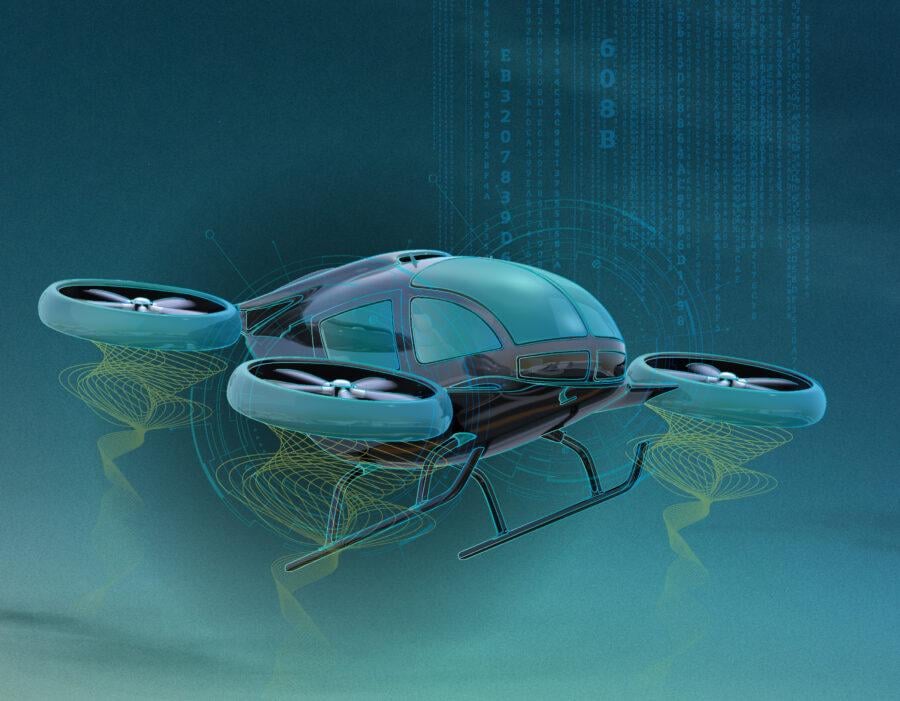eVTOL Vehicles In The Age Of Digital Transformation

As the digital transformation takes hold throughout the A&D industry, we are experiencing unprecedented innovation these days. There's so much talk around space missions, supersonic travel and urban air mobility such as the electric Vertical Take-off and Landing (eVTOL) aircraft. We're seeing breakthroughs in propulsion (including green energy alternatives), composites and additive manufacturing. Electrification is huge right now. Augmented and virtual reality are now part of the factory floor. The list goes on and on.
The first wave of innovation in aerospace began over one hundred years ago with Samuel Pierpont Langley and the Wright brothers. The 1920s are really the heydays of aviation and a significant period of innovation. There were aircraft companies starting everywhere and competitions to foster innovation within aviation which led to the development of companies such as Bombardier, Gulfstream, and Boeing among others. Today, in our current wave of innovation, there are hundreds of companies working in this new era of what is called Urban Air Mobility (UAM).
Just as in the 1920s, there are many small startup companies emerging in the Aviation industry, working on electric propulsion for regional aircraft and airliners. In addition, we're seeing the emergence of hydrogen propulsion. The 2030s may be the era of electric aircraft, and the 2040s may be the era of hydrogen-powered aircraft. There is also a lot of innovation around electric vertical takeoff and lift aircraft, also known as urban air taxis. There is a large business case for having urban air taxis or personal aircraft, that can fly people to and from places of work, customers, homes, family, all within a matter of minutes vs. long commute times on roadways.
While Electric Vertical Takeoff and Lift (eVTOL) aircraft is gaining a lot of attention, there are challenges as well. Even though they look pretty cool, they are designed much differently than what we have today. There are challenges around aerodynamics, rotor systems, and lighter weight structures. There are also thermal challenges, because of all the electrical systems and design of the batteries to have enough power. There are complex systems, a lot of software, and electrical systems. These challenges are all very similar to faced by aircraft companies so eVTOL companies are facing the same trends and complexities that the Aerospace & Defense industry is facing. There is a need to reduce costs and schedule. They need to get to market faster and be good stewards of investor money, while also managing their programs effectively to obtain the technical performance they need.
Companies are learning that undertaking a digital transformation isn't just digitization, it's about digitalization that includes process improvement. Applying new engineering practices to keep pace with smaller companies and competitors will mean adopting the right tools to make it work. Using agile methodology and the power of digitalization can help define a program plan, and in turn, accelerate product development. Learn more about the challenges eVTOLs face, and how adopting agile engineering transforms program execution while giving teams more flexibility in developing innovative products.